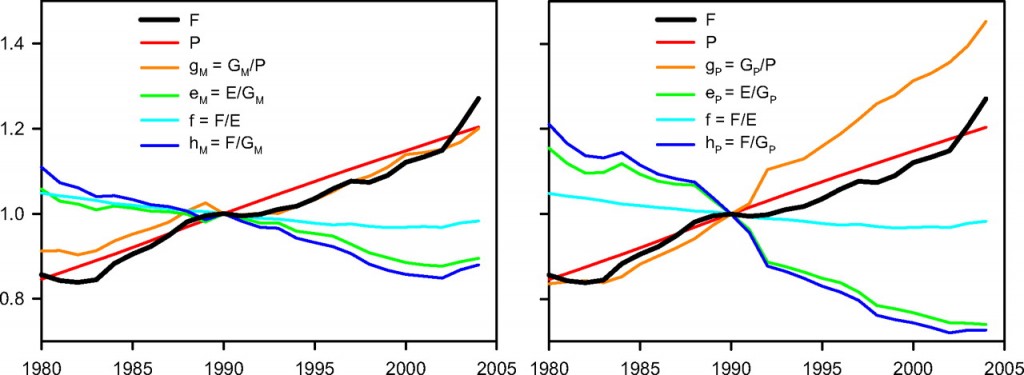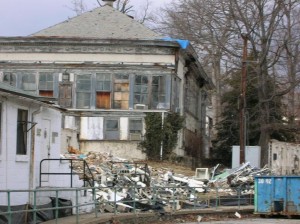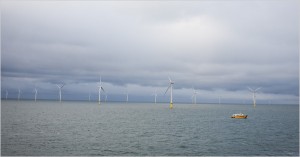
Last night Michael Schaal, of the U.S. Energy Information Administration spoke about the outlook for future energy demand in the world and the United States.
Some of what he reported will not surprise you; we’ve heard a lot of this before.
Even with increased interest in renewable fuels, most of our energy needs will be met by fossil fuels. Demand increases with population and income, so demand is expected to increase in China, Russia, and India. Technology is helping us find new sources of fossil fuels. Technology is also helping us save energy; for example, the energy savings from more efficient appliances have helped keep US energy demand steady, even as we use more gadgets like cell phones and laptops.
Schaal pointed out … Continue reading



